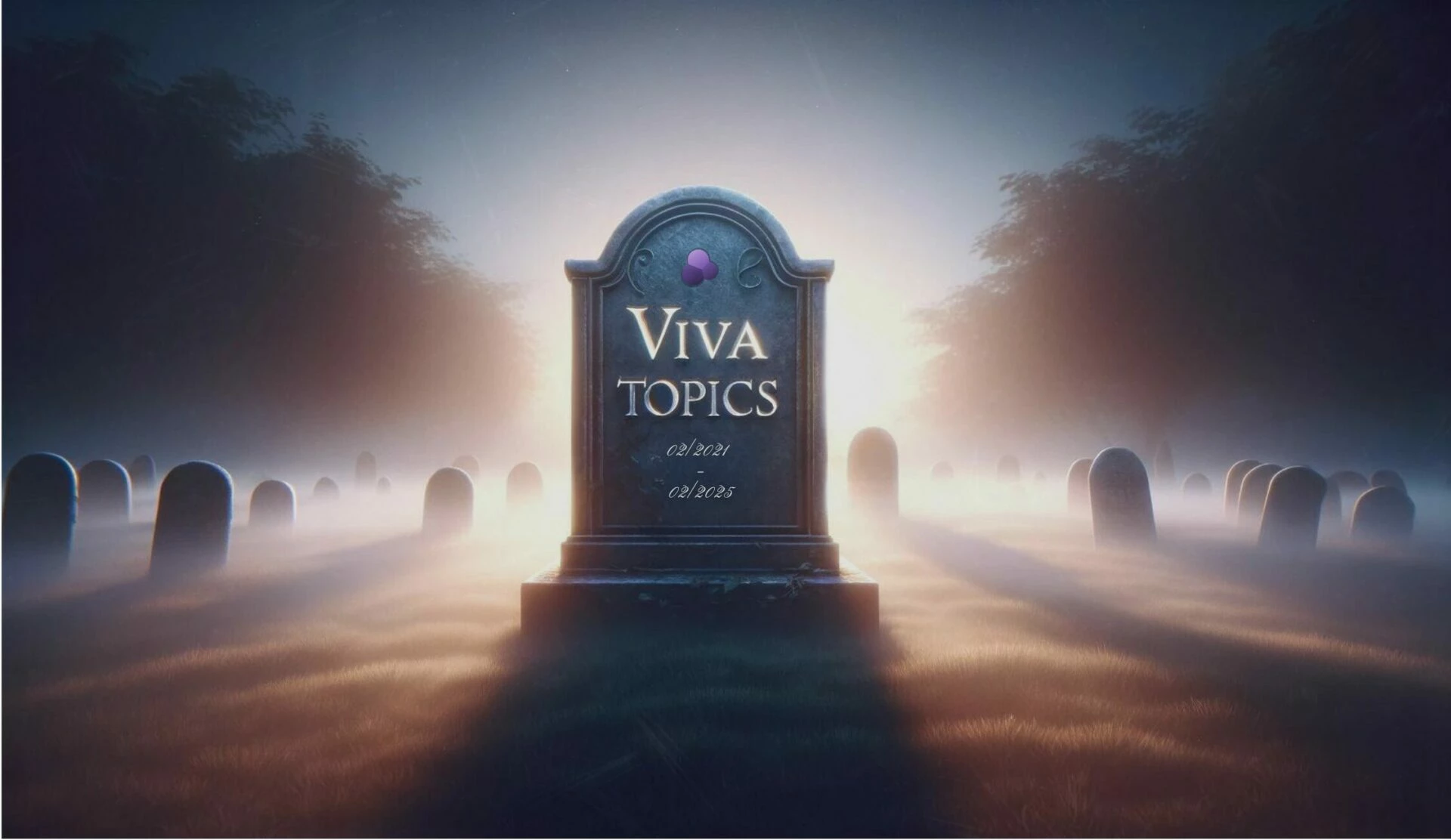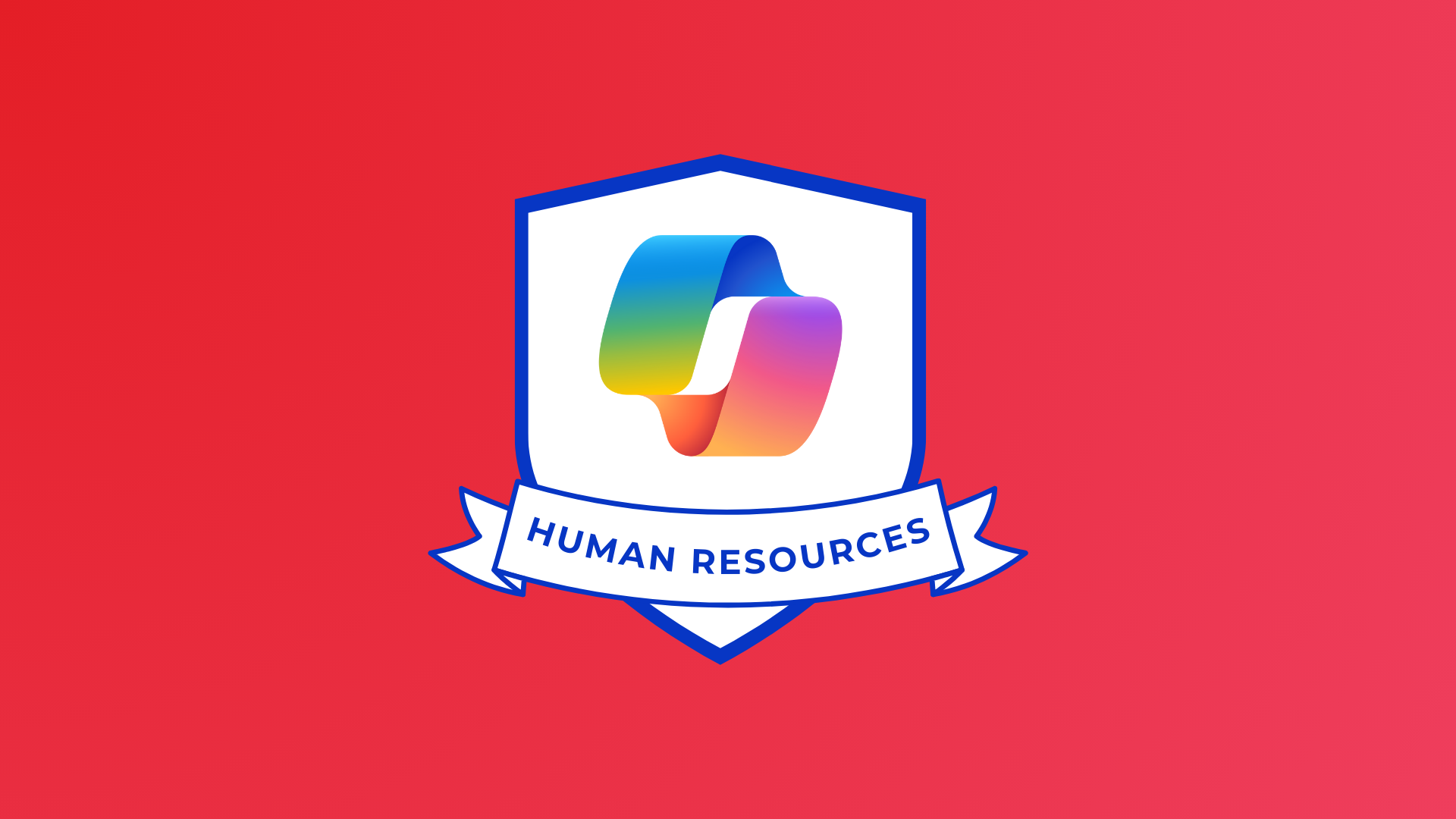
At Changing Social, Microsoft adoption & change management is one of our flagship services. When organisations want to transition to new ways of working, the idea of change can seem overwhelming to employees. By following these models, you can remove obstacles and manage resistance to change, achieving your business goals!
The key characteristics of successful change management models require clear and open communication, support from leadership figures, champions of change and the recognition of your teams hard work.
So, let’s dive into the top five change management models!
Bridges Transition Model
Presented by the American change management consultant, William Bridges, Bridges Transition Model is rooted in human psychology. Divided into three stages – the ‘ending phase’, ‘neutral zone’ and ‘new beginning phase’ – this change management model focuses on the transition employees go through over the change.
The ending phase highlights the loss that your employees can feel at the start of change. The proposal of something new can trigger feelings of loss and anxiety, as people think of what they may be losing like roles, responsibilities and more. This feeling of emotional shock and loss can be mitigated my empathy from leadership figures, coupled with an open dialogue to discuss the advantages of upcoming change.
The neutral zone bridges the gap between old times and the start of a new situation. This is the time where the dust settles on an employees emotions, and they begin to seriously think about their new future. Your team will begin to discover what the day-to-day of their new situation will look like, as they start to discover skills and find their place within the change. Again, continued support and encouragement from champions of change is essential at this stage.
Finally, the new beginning phase starts when change has been successfully embraced by employees. This happens when people start working with passion and productivity is boosted, taking initiative and utilising their new skills. Now is the time to celebrate and praise all the hard work your employees have put in to get to this stage!
Kotter’s 8-Step Model
Created by Dr John Kotter a professor at Harvard Business School, Kotter’s 8-Step Model centres around the creation of an atmosphere of change.
Firstly, a sense of urgency is needed to help further the belief that change is necessary within an organisation. Leadership can create this urgency for change through open dialogue around new realities and opportunities!
Then, a coalition needs to be built consisting of employees who positively accept the new idea of change.
Next, a vision of what the organisation will look like in the future needs to be created by change champions. This vision should show how the proposed change will positively impact your team, and inspire them to bring it to life!
The third step requires leadership to properly communicate the vision to the wider organisation, making sure that everyone understands and is on board with the change.
After this, your journey towards change has begun! To start implementing change any obstacles to successful adoption must be removed. These obstacles can come in two forms; firstly from resistant employees, and secondly from the old system you’re moving away from. These should be quickly identified and solved.
To keep the positive momentum going, leadership should create short-term goals to help motivate employees. Keeping your organisation on track to reaching these goals helps manage resistance, and create a sense of achievement amongst the team!
The penultimate step in Kotter’s model is to re-focus the entire organisation on the long-term change required. When short-term wins are achieved, it can result in complacency amongst the team at the pace of change. At this point, long-term goals should be established.
Finally, the last phase in the 8-Step Model is to consciously institutionalise change. This means that change becomes a core value of your organisation, and creates a culture that accepts and embraces change!

Lewin’s Change Model
Comprised of three key steps, Dr Kurt Lewin proposed this model in 1947, and laid the foundation for many change management models to come.
The first phase is known as the ‘unfreezing’, and this measure how ready your organisation is for change. During this stage, leadership must make sure that employees understand that change is necessary and that the current ways of working is no longer suitable.
Once the team has become ‘unfrozen’, the ‘change’ can begin. Within the change phase, it’s important to ensure that communication remains open and effective, and that solid plans for implementing change are created. The vision for the outcome of the proposed change should be reinforced whenever possible at this point!
The ‘freezing’ step concludes Lewin’s model. Here, after change has been implemented it must become the norm in order to facilitate development in the future. As the freezing takes place, the benefits become long-term and employees should be rewarded for achieving change!
McKinsey’s 7-S Model
Developed by former employees of the management consulting firm McKinsey, the 7-S Model refers to seven factors that are needed for change, starting with the letter ‘s’.
The seven factors are then divided into ‘hard elements’ that have an obvious influence on an organisation and are defined as strategy, system and structure. The ‘soft elements’ that subtly influence the culture of an organisation are shared values, skills, style and staff.
With McKinsey’s model there is no set order to follow, but rather the elements act as pillars for leadership to ensure they’re correctly implementing change in every area of their organisation!

Prosci’s ADKAR Model
Favoured by both Microsoft and the Strategy & Change team here at Changing Social, the ADKAR Model is one of the best tools for driving change!
Created by Prosci founder Jeff Hiatt, ADKAR is an acronym for the five key elements of the change model – awareness, desire, knowledge, ability and reinforcement.
Prosci’s definition of awareness is the understanding that there is a need for change. Employees should be made aware by leadership that the proposed change is necessary to drive progress, and achieve business goals.
This awareness is built upon during the desire phase of the model, which uses key figures within the organisation to visibly support and partake in the change. These team members act as champions of change, and are responsible for managing obstacles by helping those who are resistant see the positives of the proposed change.
One of the key steps in ADKAR centres around knowledge, which lays the foundation for change to truly begin. This includes clearly communicating the need for change, the process, goals and desired outcomes. Change becomes less overwhelming when employees know exactly what will happen!
The ability stage of the process is the physical implementation of change, and begins when your organisation adopts to the new ways of working. Be it the development of new skills, processes or behaviours, your employees will begin to display their new abilities as a result of change.
The last stage – reinforcement – ensures that change is here to stay! Now is the time to review progress and set-up processes that makes change sustainable, creating a culture amongst employees that welcomes change.
Nudge Theory
Our final change model was developed by the American behavioural economists Richard Thaler and Cass Sunstein, and is based on the thought that small, indirect actions can influence an organisation into making change. Nudge Theory details four different types of nudges – perception nudges, motivation nudges, ability nudges and simplicity nudges.
Perception nudges aim to change the way employees perceive change by giving them additional information or context. If there is a negative perception of the proposed change, leadership should try to shift this and give examples of the positive impact the change will bring.
A motivation nudge incentivises the desired behaviour and new way of working for your team, motivating them to adopt to change through rewards. By working to achieve the incentives, employees slowly begin to implement change.
When leadership provides training on how best for employees to use their new skills, that’s known as an ability nudge. With adequate training, your team will find it easier to implement their new work processes.
The final nudge is known as the simplicity nudge, and it simplifies tasks in order to make adapting to change easier. If the complexity of the task is reduced then the new way of working seems less daunting, resulting in a smooth and gradual transition into change.
These are five of hundreds of change management models, and all help organisations implement and adopt change correctly. Change can seem daunting to employees, but if your leadership team follow any of these models, you’re set to see the positive impact of change throughout your organisation!
If you need help with adoption and change management, look no further than Changing Social! As a Microsoft Gold partner, we help organisations make the most of Microsoft 365. Be it adoption strategies, custom training, power platform apps and more – we do it all! To find out more, fill out the form below, or email us at [email protected]
Share
Related Posts
Our most recent articles
23 April 2024
11 April 2024
04 April 2024
21 March 2024







